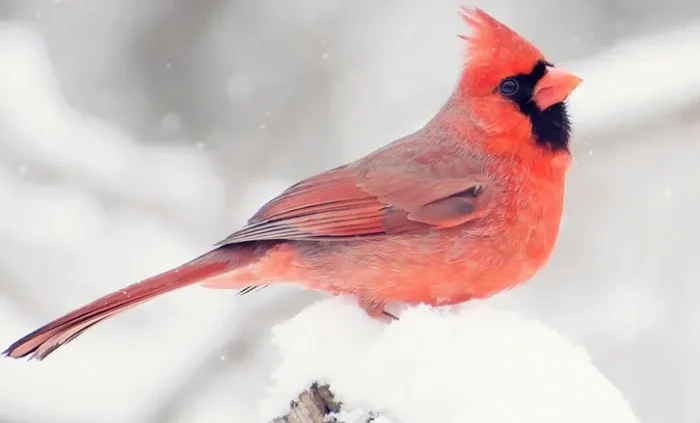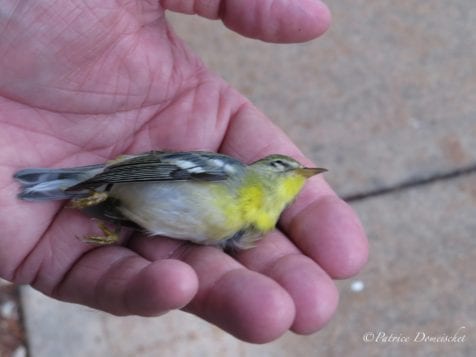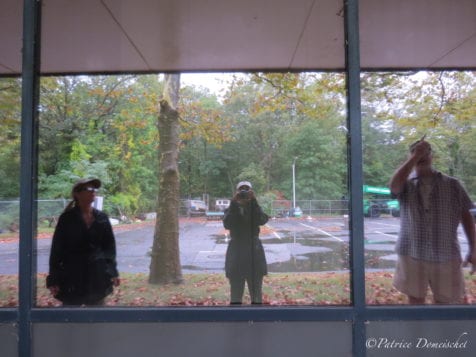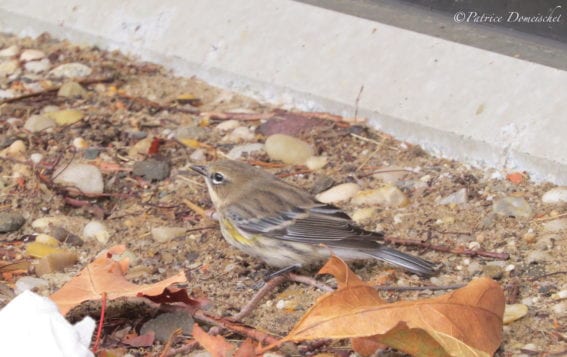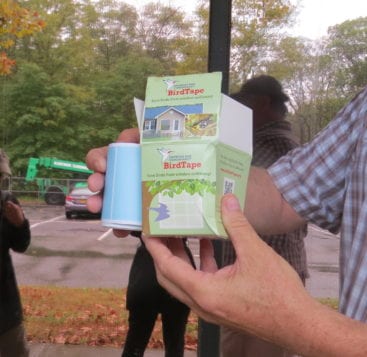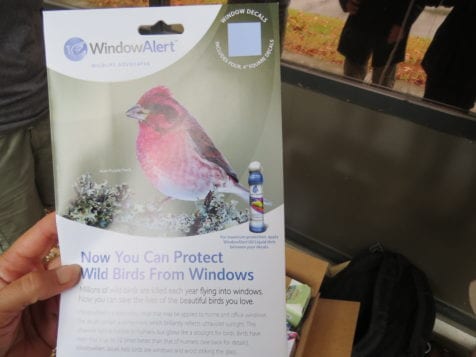The Suffolk County Vanderbilt Museum, 180 Little Neck Road, Centerport will welcome back Anthony Marinello, owner of Dropseed Native Landscapes Native Plant Nursery and a bird-habitat specialist, to speak on supporting native backyard songbirds on Sunday, February 23, from 11 a.m. to noon.
Songbirds add beauty and delight to our world. Backyard bird watching and feeding is a cherished tradition for many who appreciate our feathered friends. Marinello will give a presentation on how to support common backyard songbirds with native plants, bird feeders, and other habitat elements. Afterward, participants will make pinecone feeders.
Marinello is a New York State Certified Nursery and Landscape Professional as well as a Certified National Audubon Habitat and Ecosystems Land Professional.
Beth Laxer-Limmer, Director of Education, said, “The Museum is excited to have Anthony Marinello back to share his knowledge of native birds and plants and how we can create a backyard ecosystem for songbirds.”
For adults and children 10 and up. Participating children must be accompanied by a registered adult.
Fee is $25 per person, $22 members.

